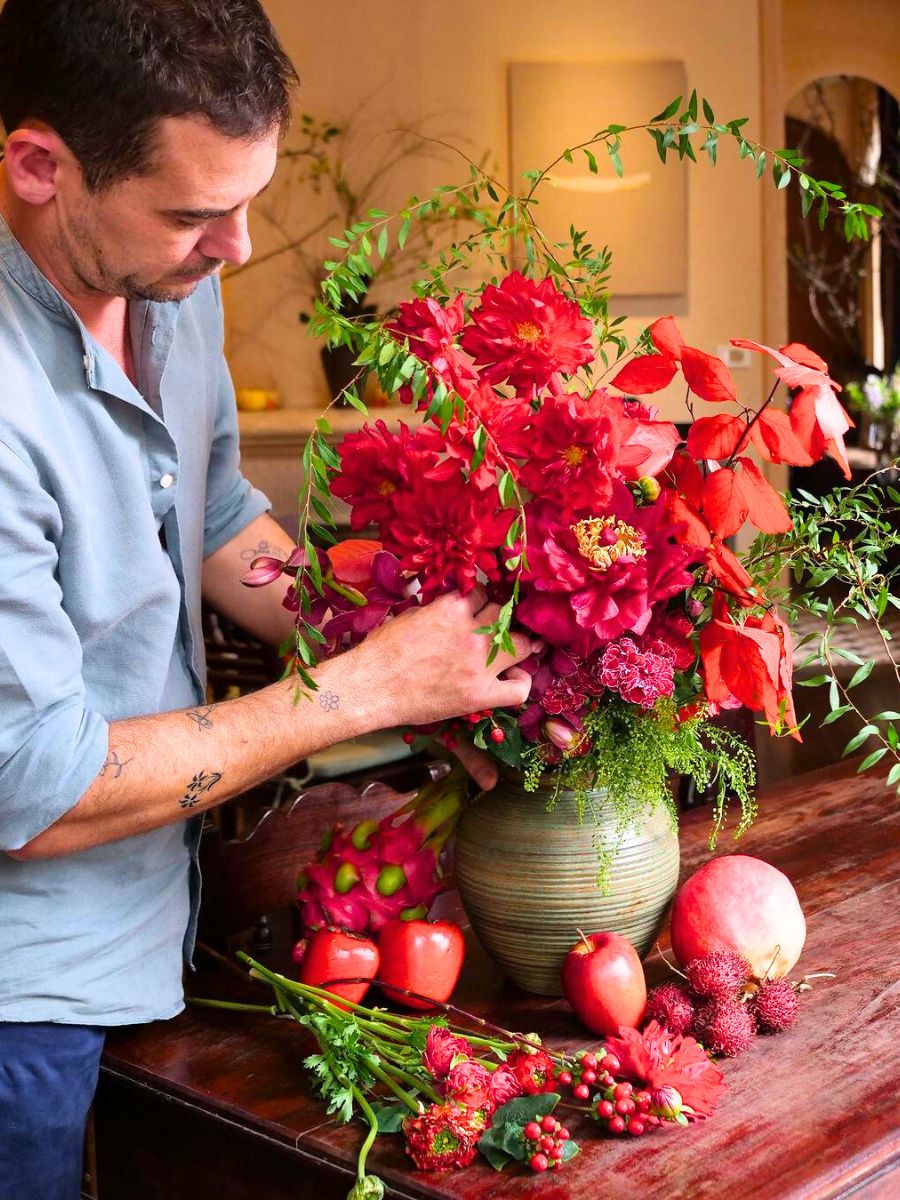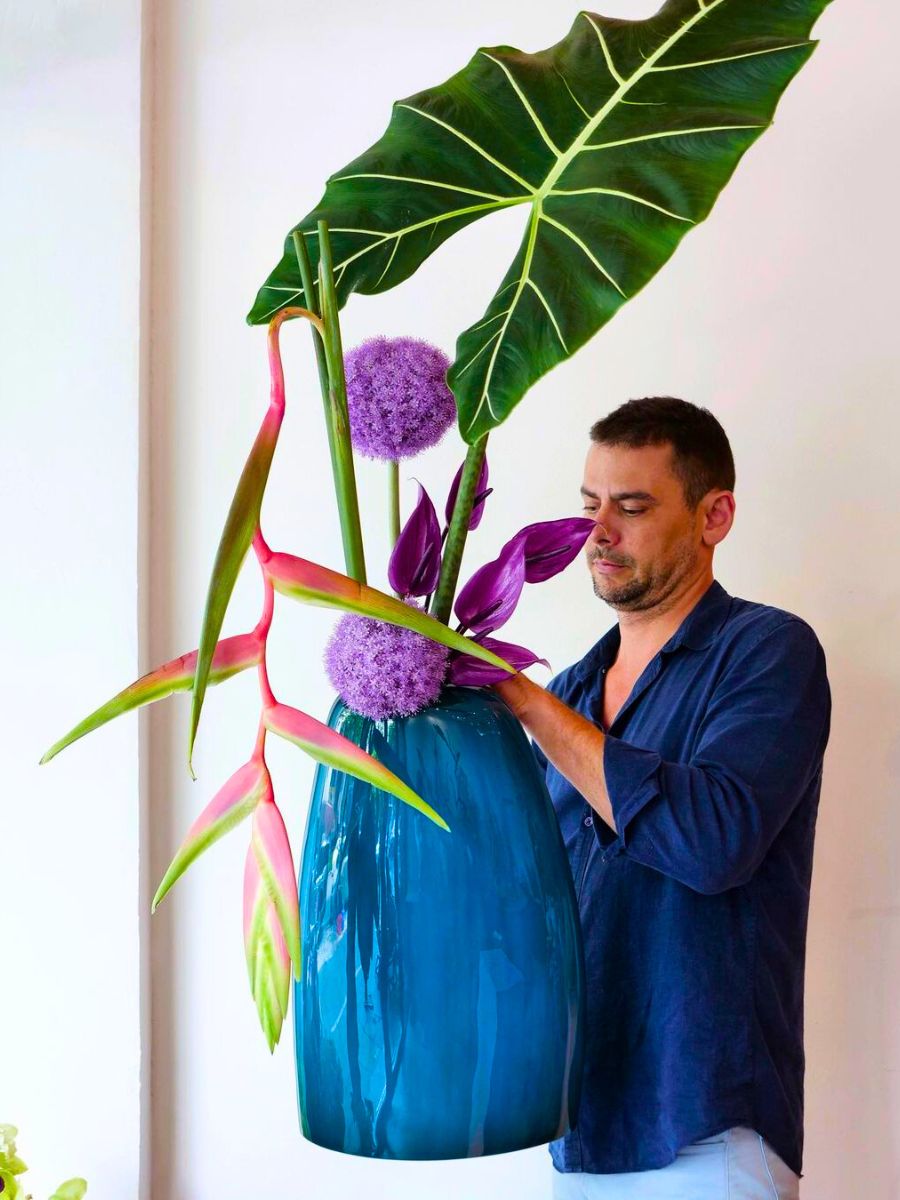The Whispering Language of Petals: A Floral Odyssey
flowers. They are the fleeting poetry of the earth, the vibrant punctuation marks in the grand narrative of nature. More than mere decoration, they are the silent communicators, the repositories of history, and the very embodiment of life’s ephemeral beauty. From the humble dandelion pushing through cracked concrete to the regal orchid gracing a tropical rainforest, flowers weave a tapestry of color, scent, and meaning that has captivated humanity for millennia.

The story of flowers begins in the deep, ancient past. While the exact moment of their emergence remains shrouded in evolutionary mystery, fossil records reveal that flowering plants, or angiosperms, began to diversify rapidly during the Cretaceous period, roughly 140 million years ago. This explosion of floral forms coincided with the rise of pollinators like insects, creating a symbiotic dance that shaped the very landscape we inhabit today.
To truly appreciate the language of flowers, we must first understand their anatomy. Each petal, sepal, and stamen plays a vital role in the intricate process of reproduction.
The Petals: A Canvas of Color and Form
These are the most visually striking components, designed to attract pollinators. Their vibrant hues, from the fiery reds of poppies to the serene blues of forget-me-nots, are not merely aesthetic; they are strategic signals, guiding bees, butterflies, and birds to the nectar within. The shape of the petals, too, is a testament to evolutionary adaptation, with some forming intricate landing platforms for insects, while others create deep funnels to collect rainwater.
The Sepals: Guardians of the Bud

These green, leaf-like structures enclose and protect the developing flower bud, ensuring its delicate components are shielded from the elements. Once the flower blooms, the sepals often remain, forming a protective base.
The Stamens: The Male Reproductive Organs
These slender filaments, topped with pollen-producing anthers, are the male reproductive organs of the flower. Pollen, the golden dust of fertility, is essential for the creation of seeds.
The Pistil: The Female Heart of the Flower
At the center of the flower lies the pistil, the female reproductive organ. It comprises the stigma, the sticky surface that receives pollen; the style, the slender tube connecting the stigma to the ovary; and the ovary, which houses the ovules, the potential seeds.
Beyond their visual allure, flowers communicate through scent, releasing a symphony of aromas that can range from the sweet fragrance of roses to the pungent odor of carrion flowers.
The Sweet Perfumes: Attracting Pollinators and Soothing the Soul
Many flowers produce sweet, enticing scents to attract pollinators like bees and butterflies. These aromas are often complex blends of volatile compounds, each contributing to the overall fragrance. For humans, these scents can evoke feelings of joy, tranquility, and nostalgia.
The Pungent Odors: Deception and Survival
Some flowers, like the titan arum, emit foul odors reminiscent of rotting flesh. This macabre scent attracts carrion flies, which serve as pollinators. This adaptation is a testament to the diverse strategies flowers employ to ensure their survival and reproduction.
Flowers have woven themselves into the fabric of human culture, appearing in art, literature, mythology, and religious ceremonies across the globe.
Flowers in Art and Literature: Expressions of Beauty and Emotion
From the delicate floral motifs in ancient Egyptian tombs to the vibrant still-life paintings of the Dutch Golden Age, flowers have inspired countless artists. In literature, they serve as powerful symbols, representing love, loss, beauty, and mortality.
Flowers in Mythology and Folklore: Tales of Gods and Mortals
Many cultures have incorporated flowers into their myths and legends, attributing them with supernatural powers and symbolic meanings. In Greek mythology, for example, the hyacinth sprang from the blood of the slain youth Hyacinthus.
Flowers in Religious Ceremonies: Offerings and Symbols of Faith
Flowers play a significant role in religious ceremonies across various faiths. They are used as offerings, symbols of purity, and expressions of devotion.
Flowers are not merely decorative; they are essential components of ecosystems, playing crucial roles in pollination, seed dispersal, and the sustenance of wildlife.
Pollination: The Dance of Life
The process of pollination, facilitated by flowers, is vital for the reproduction of countless plant species. Without pollinators, many plants would struggle to survive, impacting the entire food web.
Seed Dispersal: Spreading Life Across the Land
Flowers give rise to fruits and seeds, which are dispersed by wind, water, and animals. This dispersal ensures the propagation of plant life, contributing to the diversity and resilience of ecosystems.
Sustaining Wildlife: Food and Shelter
Flowers provide food for a wide range of animals, from insects and birds to mammals. They also offer shelter and nesting sites, contributing to the overall health and biodiversity of ecosystems.
During the Victorian era, the language of flowers, or floriography, reached its peak. Flowers were used to convey secret messages, expressing emotions that were considered too delicate or taboo to speak aloud.
Roses: Symbols of Love and Passion
Roses, in their various colors, held a complex system of meanings. Red roses symbolized love and passion, while yellow roses represented friendship or jealousy.
Lilies: Symbols of Purity and Innocence
Lilies, with their pristine white petals, were associated with purity, innocence, and virtue.
Forget-Me-Nots: Symbols of Remembrance and Fidelity
Forget-me-nots, with their delicate blue flowers, were given as symbols of remembrance and fidelity, conveying the message “forget me not.”
In our modern world, flowers continue to enrich our lives, bringing beauty, joy, and a sense of connection to nature.
gardens and Bouquets: Bringing Nature Indoors
Gardens and bouquets provide a tangible connection to the natural world, allowing us to cultivate beauty and enjoy the sensory pleasures of flowers.
Floral Therapy: Healing and Wellness
Flowers have been shown to have therapeutic benefits, reducing stress, improving mood, and promoting overall well-being.
Conservation Efforts: Protecting Floral Diversity
As we face the challenges of climate change and habitat loss, it is crucial to protect floral diversity, ensuring that future generations can continue to enjoy the beauty and benefits of flowers.
The story of flowers is a testament to the enduring power of beauty, resilience, and adaptation. From their ancient origins to their modern-day significance, flowers continue to captivate our imaginations and enrich our lives. As we continue to explore their secrets and appreciate their beauty, we deepen our connection to the natural world and recognize the profound role they play in the grand tapestry of life.



